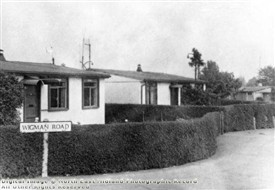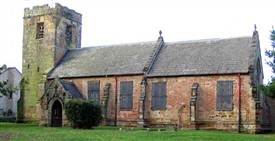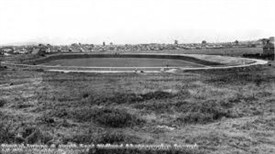Bilborough

Wigman Road Bilborough 1971
www.picturethepast.org.uk

St Martin of Tours Church

Harvey Hadden Stadium circa 1960
www.picturethepast.org.uk
A short history of Bilborough
Bilborough was originally a small rural village named after an Anglo-Saxon family called Billa, who had settled there from East Germany in about the seventh century.
By the time of the Domesday Survey (1086) Bilborough formed part of William Peveral’s Nottinghamshire lands. By the 13th Century, Bilborough had became part of the de Strelley family estate, remaining in their hands for over 350 years.
Until the mid 20th Century, Bilborough remained a small village, but like others in the area, the years after the Second World War saw large-scale housing developments to house people displaced by Nottingham City Corporation’s slum clearance programme. Those people had to establish new communities in what was effectively a new town.
Churches. St Martin’s Church, Bilborough’s oldest building, was originally built about 1356, on a site dedicated to St Cuthbert of Durham. Major restoration work was carried out to the church in 1888 and 1972, when an extension was added. In the 1950s St John’sChurch opened to serve the new housing estates.
Balloon Houses and Balloon Wood. The origin of the name is unknown, but possible theories suggest they were named as they stood on the crossroads of the Wollaton/Trowell Road area near a field that was used for experimental work on balloons. Another theory suggests that a balloon released from the Forest (Nottingham) passed over the houses as they were being built. Balloon Houses were demolished in 1924.
Harvey Hadden Stadium. Named after Harvey Hadden, a former Nottingham businessman who, when he died in Canada, left Nottingham City Council a large sum of money for the purpose of constructing and equipping a sports stadium at BilboroughPark. The stadium was opened on 8th August, 1959.It is used for athletics, has a cycling track and a large arena for football and other field events.
The Wollaton Waggonway. Laid between October 1603 and October 1604 so that local mine owner, Huntingdon Beaumont, could transport coal from the bell pits he leased near Strelley (close to the present day site of Bilborough College), to the canal wharf at Wollaton. It is famous as the first overland railway to be built in England.
This page was added by
H W on 02/07/2013.